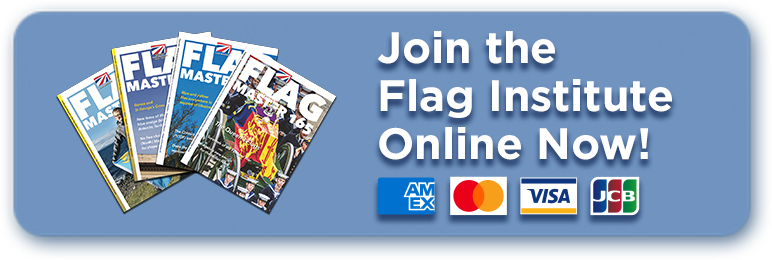Start designing your flag by following these essential hints and tips:
1: Keep it simple
- The flag should be simple enough for a child to draw from memory
2: Use meaningful symbolism
- Use elements, colours and patterns that relate to what the flag symbolises
3: Use no more than two or three basic colours
- Choose from the standard colour set
- red, orange, yellow, green, light blue, dark blue, purple, black and white
- Choose those that contrast well
- yellow and white work well on any other colour and vice versa
4: Avoid lettering, seals or coats of arms
- Do not use any organisational badge, seal or coat of arms
- instead use element(s) from a relevant coat of arms as symbols on the flag
- Do not use any kind of lettering
5: Be distinctive or be related
- Do not duplicate other flags
- But do use similarities to show connections
6: Consider the effect of height and wind
- Remember the design must remain visible when flying
- from a high pole
- in high winds, in no wind and when rippling in the breeze
7: Get more detailed guidance
- The Guiding Principles of Flag Design (Flag Institute/NAVA, 2014)
- Free to view or download in PDF here

